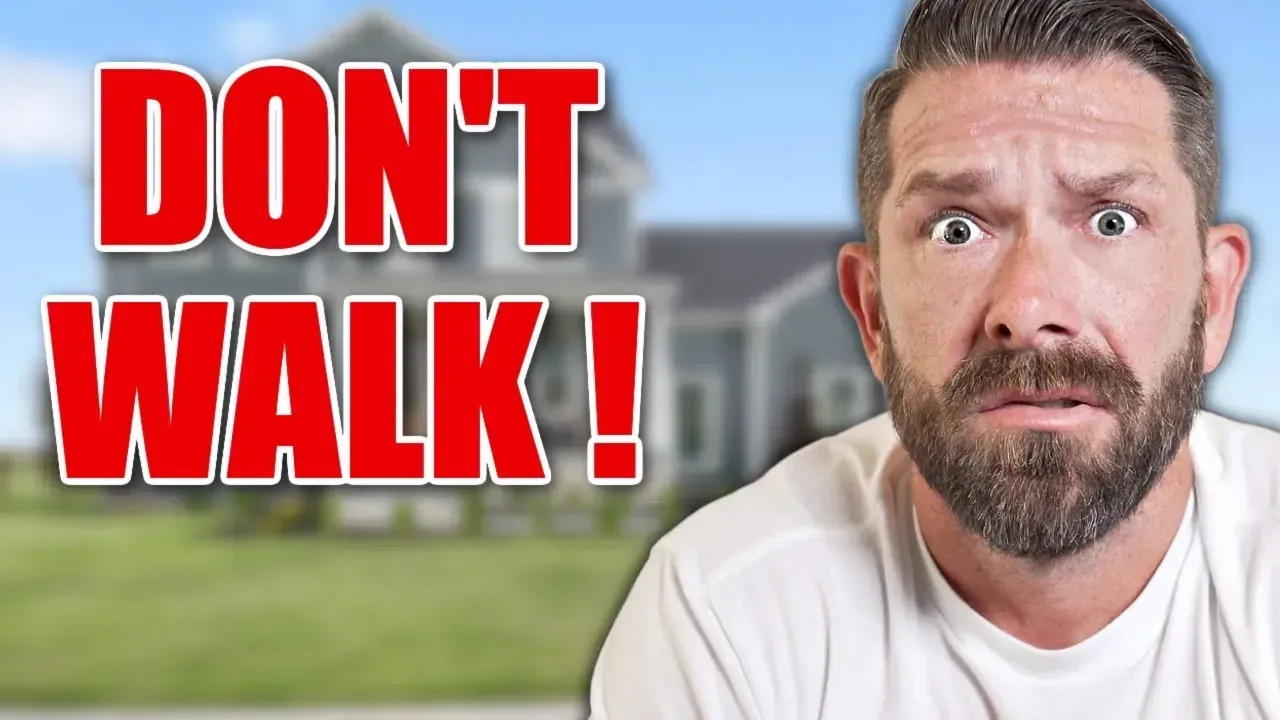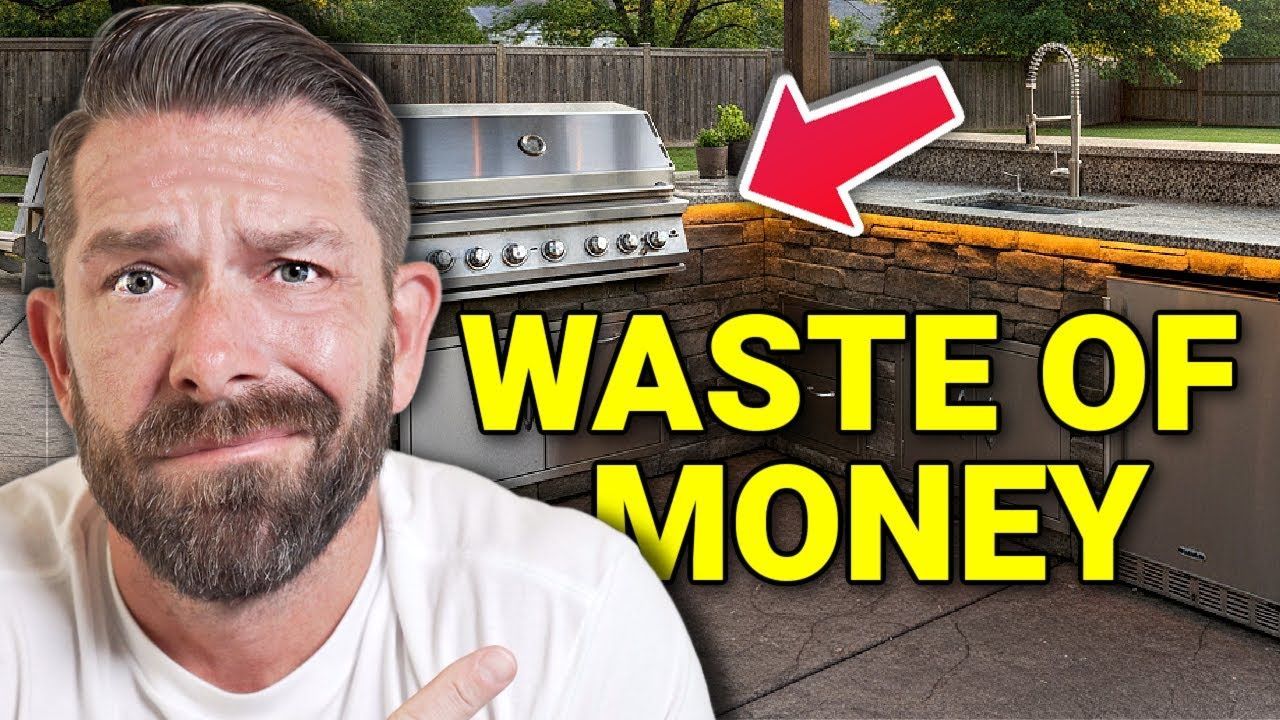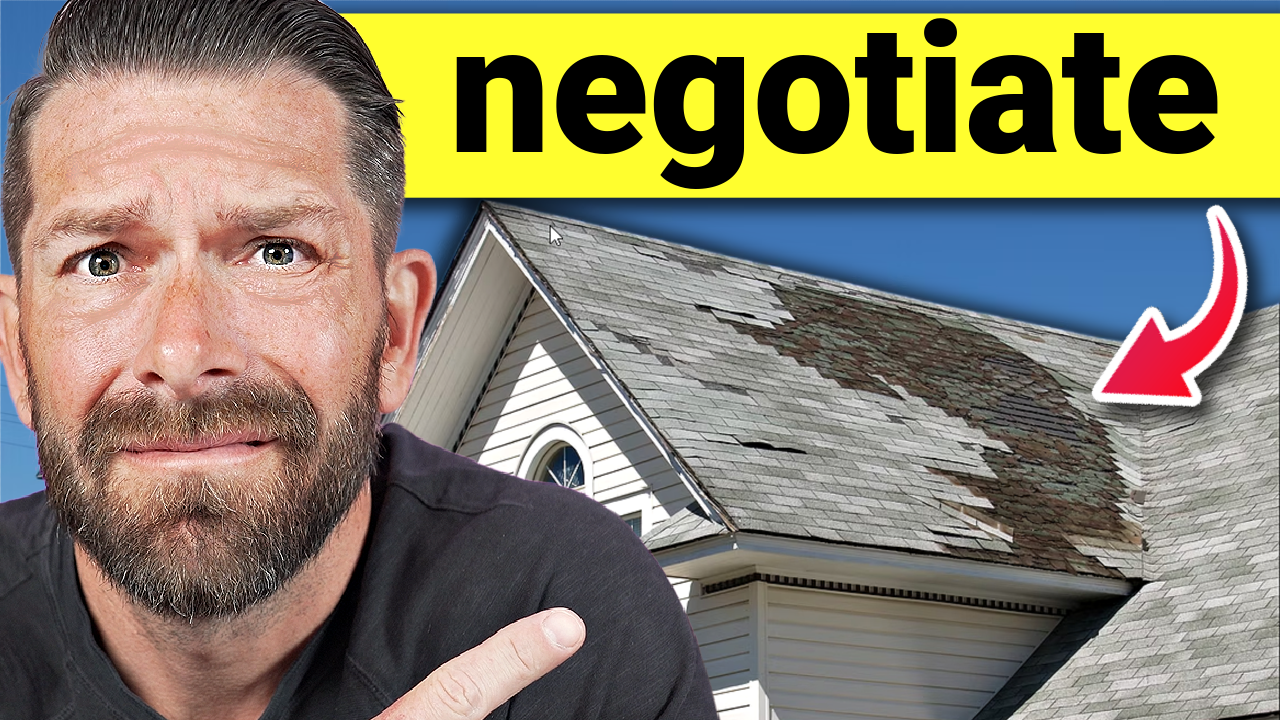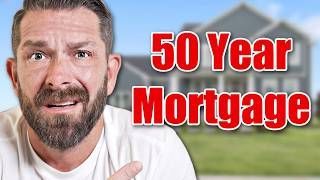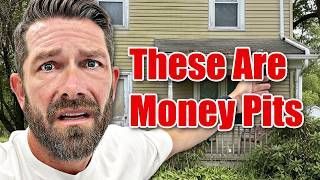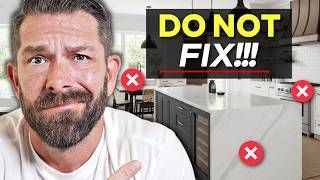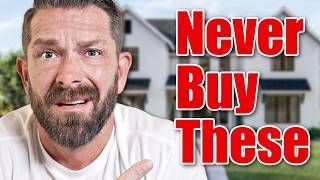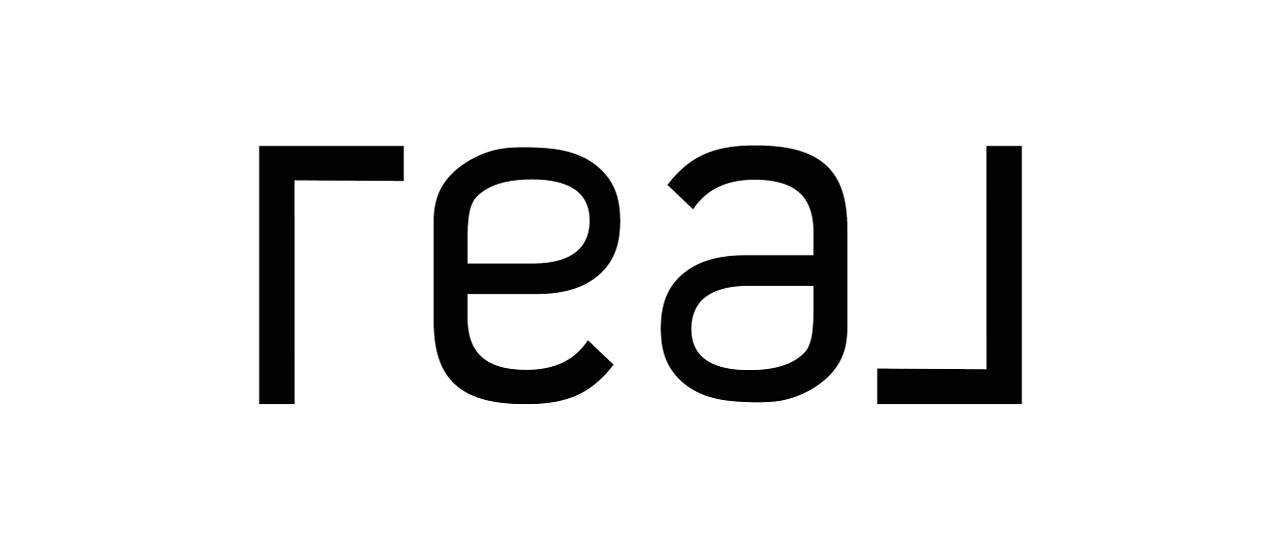Trump vs. The Fed: How Political Pressure Could Backfire on Mortgage Rates
Get The Latest OC Housing Report
Trump vs. The Fed: How Political Pressure Could Backfire on Mortgage Rates
Want help getting pre-approved or ready to buy? Speak with our vetted real estate pros at jebsmith.net/start
Why Trump's Push for Lower Mortgage Rates Could Have the Opposite Effect
In a bold move that could ripple across the U.S. economy, Donald Trump is pushing for lower interest rates—even if it means firing the current Federal Reserve Chair, Jerome Powell. While that may sound like good news for homebuyers, the real impact could be far more complicated.
If you're in the market to buy a home, this isn’t just political theater. It could directly affect your buying power, monthly payment, and long-term financial security. Here's how this drama might unfold—and what you should do now to prepare.
What the Fed Actually Controls (and What It Doesn't)
- Federal Funds Rate: Short-term rate banks use to lend to each other.
- Bank Oversight: Regulations and financial safeguards.
- Crisis Intervention: Emergency actions like during the COVID-19 pandemic.
But what the Fed does not control directly: Your mortgage rate. Rates are tied to the 10-year Treasury yield and investor expectations, not the federal funds rate itself.
Why Fed Independence Is Critical
The Fed is structured to resist political pressure because market credibility hinges on data-driven decision making. If investors sense politics are in play:
- The U.S. dollar could fall
- Bond yields could rise
- Mortgage rates could spike as a result
History supports this—Nixon’s interference in the 1970s helped cause runaway inflation. Independence is essential for economic stability.
What Trump Is Trying to Do
Trump aims to lower rates to stimulate growth and reduce interest on national debt. But Powell refuses to act without a drop in inflation or employment—neither of which is currently happening. Trump has explored legal loopholes to replace Powell with a more compliant chair.
3 Possible Scenarios and How They Affect Mortgage Rates
Scenario 1: Powell Gets Fired
- Short-term rate cuts and market optimism
- Bond market panic and investor flight
- Rates likely rebound even higher due to inflation risk
Outcome: Instability and potentially higher mortgage rates.
Scenario 2: Powell Stays but Faces Constant Pressure
- Legal fights and media campaigns increase uncertainty
- Confidence in Fed drops
- Treasury yields rise, mortgage rates follow
Outcome: More volatility, possibly higher rates.
Scenario 3: Status Quo Until 2026
- Fed holds ground, rates cut slowly and cautiously
- Mortgage rates ease gradually
Outcome: Stability, but no dramatic rate drops.
What This Means If You’re Buying a Home
Don't wait for headlines to dictate your decisions. Take control now:
- Get pre-approved
- Boost your credit score
- Save for a down payment
- Know your price range
"Trying to time the market is a fool's game. Preparation beats prediction every time."
Will Mortgage Rates Drop Below 6% This Year?
Probably not. Even with two potential Fed cuts in 2025, those are already priced into the market. It would take a recession or major inflation drop to push rates meaningfully lower.
What Should You Do Right Now?
- Act based on your life, not headlines.
- Know your numbers.
- Be ready to act.
Need help getting started?
➡️ Get started at jebsmith.net/start

